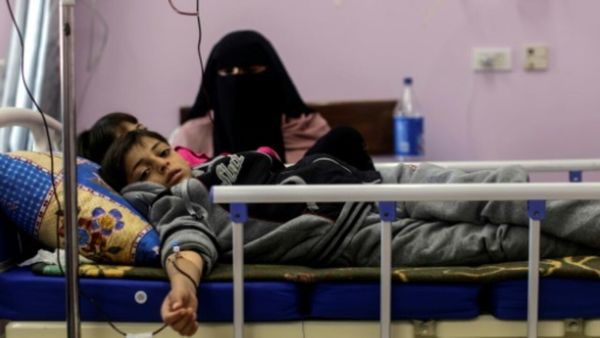
More than 15 years after one of the devastating Tsunamis of history killed over 10,000 people in southern India, two coastal villages of Odisha would be declared ‘Tsunami-Ready’, the first in India as well as the Indian ocean region.
Officials of Odisha State Disaster Management Authority, the state government body responsible for managing different kinds of disasters, said Venkatraipur village in Ganjam district and Noliasahi village in Jagatsingpur district would be the first two districts in India to get tsunami-ready certificate on Friday in a function.
“As these two villages have fulfilled the 11 parameters of being Tsunami-Ready, the local communities of these two villages would get certificate of recognition from Unesco through a virtual event on Friday afternoon. Officials of the Indian Ocean Tsunami Warning and Mitigation System secretariat in Australia and Indian Ocean Tsunami Information Centre at Jakarta along with the National Disaster Management Authority would be present during the event,” said Satya Ranjan Sahoo, chief general manager of OSDMA.
The Indian ocean Tsunami, triggered by an earthquake of 9.1–9.3 magnitude on the Richter scale on December 26, 2004, swept through 14 different countries in Indian ocean region killing over 2.3 lakh people, most of them in Indonesia.
Also Read: ‘Do we even have an existing govt?’: Siddaramaiah on flood situation in K’taka
Recorded as one of the strongest and the deadliest of all time, the Tsunami led to setting up of Indian Tsunami Early Warning System to detect Tsunami-producing earthquakes and to monitor Tsunamis.
Sahoo said the ‘Tsunami-Ready’ tag is a community performance-based programme initiated by the Intergovernmental Oceanographic Commission of UNESCO that promotes Tsunami preparedness through collaboration of public, community leaders, and national and local emergency management agencies. To implement and monitor the implementation of ‘Tsunami-Ready’, Ministry of Earth Sciences had established a National Board that went around the country and selected 6 villages in Odisha for a pilot programme.
Also Read: Mumbai braces for more rains, 16 NDRF teams deployed
Tsunami-Ready parameters include conduction of community Tsunami-risk reduction programme, designation and mapping of Tsunami hazard zones, public display of Tsunami information, easily understood Tsunami evacuation maps, outreach and public education materials, participation in mock drills, community emergency plans and presence of reliable 24 hours early warning systems, said Dr Ajay Kumar, scientist of INCOIS, Hyderabad.
Though Odisha has 328 villages on the coast that are vulnerable to Tsunamis, the OSDMA had chosen 6 coastal villages of which 2 were found to be ready for the ‘Tsunami-Ready certification after a visit by the national board that supervises and monitors the implementation of Tsunami Ready Recognition programme in December last year.
“These two villages in Odisha have signages and symbols forewarning its residents about an impending Tsunami. These two villages also have evacuation routes as well as safe places that are clearly marked and made known to all residents of villages. Being aware of these routes and location of safe places will ease the evacuation process in the event of an actual Tsunami hitting the coast,” said Dr Kumar.
OSDMA officials said the tsunami hazard zones and mapping of these two villages have been completed.
“In order to determine the areas that might become inundated, inundation maps have been developed. The development of these maps are based on Tsunami scenarios that takes into account the location, its surrounding environment, total population, critical services and facilities and possible wave heights, amplitudes and speed. The demarcation of Tsunami hazard zones will serve as a pre-warning to the general public including residents residing within these zones,” said BN Mishra, an official of OSDMA.







